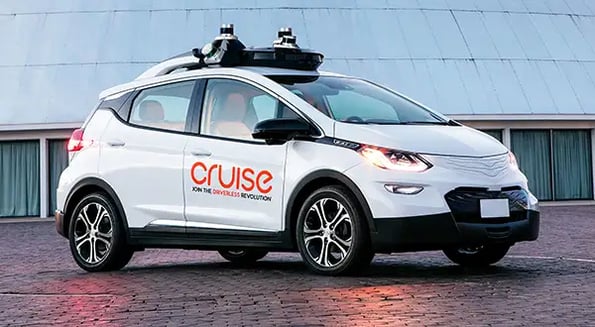Cruise, the autonomous-driving division of General Motors, just fueled up with a high-octane $2.25B investment from Japan’s SoftBank — to challenge its primary competitor, Google (which runs Waymo).

In an effort to pull ahead in an industry expected to reach $2T in the US by 2050, GM will commit $1.1B more to the project (and retain 80.4% ownership) to get commercial self-driving cars on the road by 2019.
Cruise is already in the fast lane
Since acquiring Cruise in 2016, GM has been careful not to become a backseat driver, letting the company operate independently. It seems to be working — Cruise improved performance 1.4k% last year (more quickly than any competitor).
GM bought the San Francisco startup in 2016 for $581m, and just 2 years later, this SoftBank investment values the company at $11.5B.
So who’s winning? Depends on which numbers you look at
In California, Google leads the pack in terms of miles driven (352k to GM’s 131k), but GM has more test vehicles on the road (94 to Google’s 75). While GM’s tech is improving faster, Google still holds an edge in overall performance.
But any way you slice it, Google and GM are the two leaders by a massive margin — with startups like Drive.ai and Zoox trailing hundreds of thousands of miles behind and auto-tech companies like Uber and Tesla backing down after high-profile accidents.
